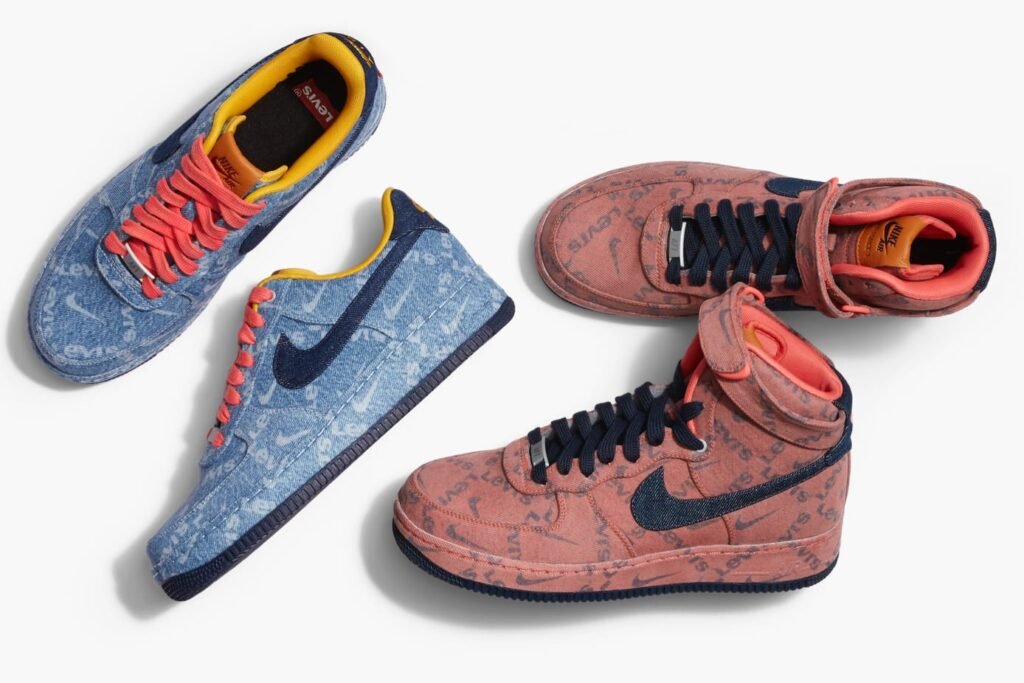
In today’s digital world, your website is often the first impression your brand makes. Whether you’re a startup, content creator, or established business, strong web design is no longer a luxury — it’s a necessity.
But what exactly is web design? And why does it matter so much?
What Is Web Design?
Web design is the process of planning, conceptualizing, and arranging content online. It goes far beyond just aesthetics — it’s about how users experience your site. Great design blends form and function, ensuring a website is both visually appealing and easy to use.
While traditionally focused on desktop browsers, modern web design also includes mobile responsiveness, UX/UI design, site speed, and SEO integration.
Why Web Design Matters
Here’s why web design plays a critical role in your success online:
- 🧠 First Impressions Count
Visitors decide within seconds whether they trust your brand. A well-designed site helps you stand out and feel professional. - 📱 Mobile Responsiveness
With more than half of global web traffic coming from mobile devices, responsive design ensures your site looks and works great on every screen. - ⚡ User Experience (UX)
If visitors can’t find what they need quickly, they’ll bounce. A good design guides users intuitively through your content or services. - 🔍 SEO Performance
Google ranks fast, well-structured websites higher. Clean code, optimized images, and smart layout choices all help boost visibility.
Key Elements of Modern Web Design
- Layout & Structure
Use a clear visual hierarchy. Sections like hero banners, product showcases, and footers should be cleanly separated. - Typography
Choose legible, on-brand fonts and maintain consistency across pages. - Color Palette
Select colors that represent your brand identity and enhance readability. - Navigation
A good menu is easy to find and easy to use. Drop-downs, sticky navbars, and breadcrumbs all enhance usability. - Visual Content
High-quality images, icons, and videos can keep users engaged — especially when optimized for fast loading. - Calls-to-Action (CTAs)
Buttons like “Buy Now”, “Subscribe”, or “Learn More” should be visually prominent and strategically placed. - Accessibility
Make sure your site works for users with disabilities — using contrast, readable fonts, alt text, and keyboard navigation.
Web Design Tools and Platforms
Whether you’re a beginner or a pro, there are tools to match your needs:
- No-Code Platforms: WordPress, Wix, Squarespace
- Design Tools: Figma, Adobe XD, Sketch
- Developer Tools: HTML/CSS, JavaScript, Bootstrap, Tailwind CSS
At Omarex Media, we also offer custom web design services tailored to your brand’s goals. Whether you’re launching an online store or showcasing your portfolio, we help you design with purpose.
Trends in 2025 Web Design
- Dark Mode Interfaces
- Micro-animations for interactivity
- AI-generated design suggestions
- Minimalist layouts with bold typography
- Immersive scrolling experiences
Staying updated with trends ensures your website stays fresh, functional, and appealing to modern audiences.
Final Thoughts
Your website is more than just a collection of pages — it’s your digital storefront, your brand’s first impression, and sometimes your main sales channel. Investing in high-quality web design not only builds trust but also drives real results — from engagement to conversions.
Whether you DIY or hire a professional, make sure your website is built with the user in mind — fast, mobile-friendly, beautiful, and effective.




